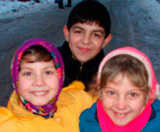
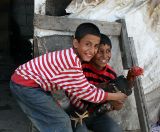
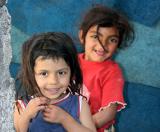
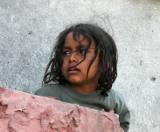
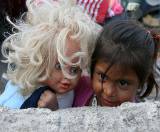
|
|
Pedagogical fact sheetsin the field of Roma history and culture The factsheets target teachers, pupils, decision makers, experts working with or about Roma and all people interested in Roma history. Although based on the best scientific expertise available, the factsheets do not aim to be an overall scientific and critical description of Roma history; this opus still has to be written by the appropriate authors. The factsheets aim to provide basic information on Roma history for a wider audience, which can be used in all teaching contexts. Teaching kit for children at preschool level This tool was to be aimed at children who, for different reasons, had not attended nursery school and were not ready, in terms of either learning or maturity, for the first year of primary school. It was also to be aimed at children who had fallen behind somewhat, particularly as a result of absences or various family problems. The kit:
Pedagogical sheets on the cinema: films made by Roma or about Roma
"Roma on screen: how to teach Roma history and culture through cinema" is the pedagogical outcome of the
"Fortnight of Roma cinema" organised in the framework of the project
"Education of Roma children in Europe" in 2006.
Témoignage du survivant en classe Le témoignage de survivants est un des moyens pédagogiques les plus propices à l’implication personnelle des élèves qui se trouvent face à un être humain, un protagoniste des années sombres. Toutefois, l’approche exige une réflexion préalable des enseignants et surtout une préparation adéquate. De nombreux pièges doivent être évités. Ces fiches pédagogiques visent à offrir aux enseignants une réflexion approfondie sur cette méthodologie (risques encourus par le témoin et les élèves) et des pistes concrètes pour sa mise en place en classe (préparation, interaction communicative, l’analyse du témoignage). |



 Print
Print  Send
Send  Français
Français